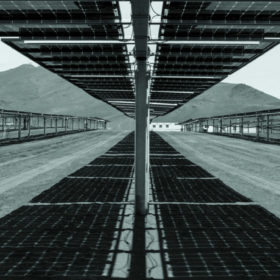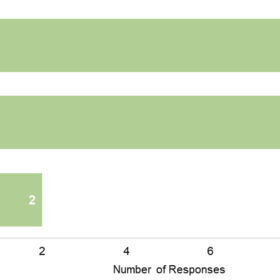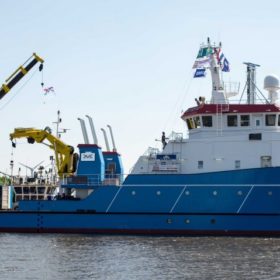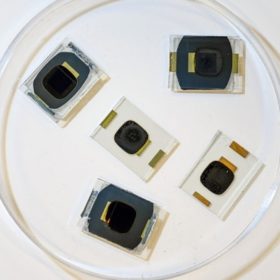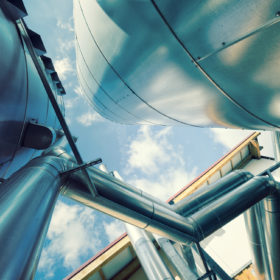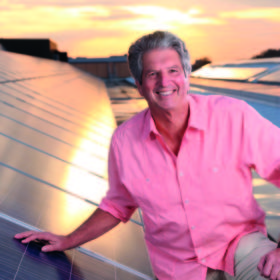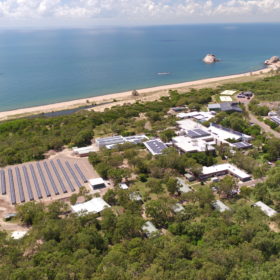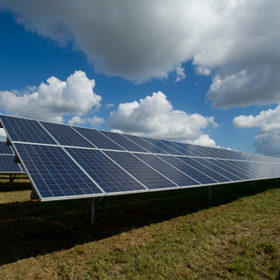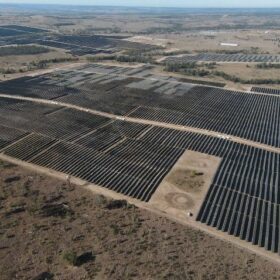Single-axis bifacial PV offers lowest LCOE in 93.1% of world’s land area
Researchers from the Solar Energy Research Institute of Singapore have concluded that utility-scale PV projects relying on bifacial panels and single-axis trackers deliver the lowest levelized cost of energy in most of the world. They found that the combination of bifacial products with dual-axis trackers is still too expensive, despite the higher yield. The second-lowest LCOE is offered by monofacial single-axis tracker plants.
PV plants lasting longer, with lower operational costs
Solar plants are now expected to last 32.5 years and have operational costs of $17 per kW/year, as shown by a Berkeley Lab survey of industry participants.
CEC publishes first ever national study of renewable energy workforce
The continuing dominance of the small-scale solar sector and the great potential for regional and rural jobs are just some of the findings in the Clean Energy Council’s “Clean Energy At Work”, a first-of-its-kind extensive report into the current renewable energy workforce and its potential over the next 10-15 years.
Sun Cable survey contract awarded to Guardian Geomatics
The Sun Cable megaproject is moving from strength to strength with last week’s announcement of the awarding of its cable route survey contract to Guardian Geomatics Pty. Ltd.
Australian scientists claim breakthrough in perovskite stability
In a world-first, perovskite solar cells developed by Australian scientists have passed a series of heat and humidity tests using a low-cost solution to overcome some of the challenges that are hindering the technology’s commercialization. The scientists did this by suppressing the decomposition of the perovskite cells using a simple, low-cost polymer-glass blanket.
UNSW solar scientist nabs top gong
UNSW solar researcher Brett Hallam has been awarded the prestigious 2020 IEEE Stuart R Wenham Young Professional Award in recognition of his ongoing work on the hydrogenation of silicon cells.
Monash researchers develop roadmap for ammonia economy
With the race to find cheap, efficient, non-polluting ways of generating and storing hydrogen, a new study aims to set out a roadmap for navigating the pathway towards the establishment of a large-scale technology and supply chain based on ammonia.
Looming funding crisis for UNSW solar research
Solar research in Australia has “a long history of being generously funded”, says Senior Lecturer at UNSW, Richard Corkish, but the gap in available grant monies emerging as ARENA nears the end of its current remit could jeopardise some of the country’s most important solar research and development as well as the hubs of expertise themselves.
Sea research, see solar
The Australian Institute of Marine Sciences is installing solar PV across its facilities nationwide. The Institute, which in part studies the impacts of climate change on our marine and coastal ecosystems, is on the scientific front lines of a bleached world without renewables.
Monash University research exposes national energy productivity shortfall
New research out of Monash University has revealed that Australian states and territories are lagging behind in COAG Energy Council commitments to improve energy productivity by 2030. Modelling shows that national objectives will only be half met.
